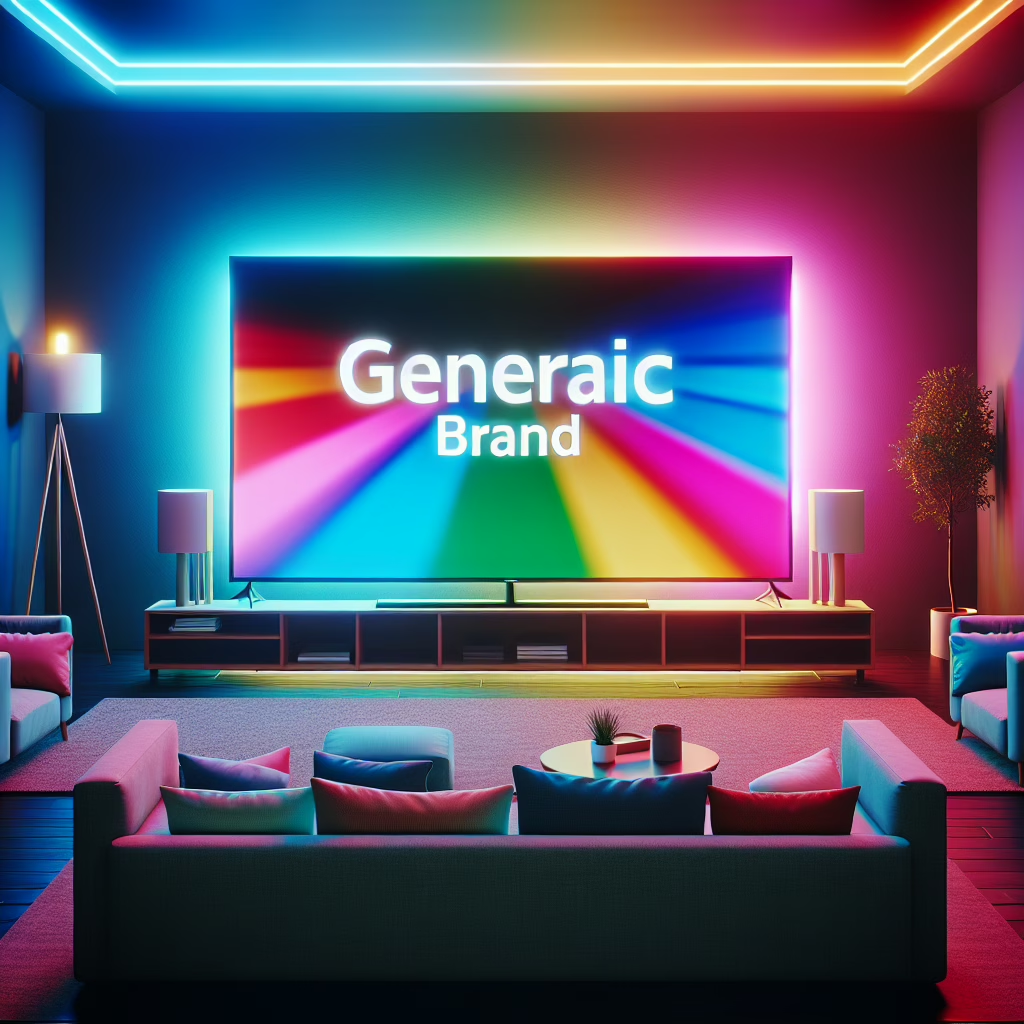Samsung has recently announced that a new television with an innovative RGB backlight is still on track for a grand reveal in 2025. But before you start clearing space on your wall, hold your horses—this dazzling display might just be a bit too large for the average living room. Yes, folks, it’s time to dive into the world of Samsung’s upcoming tech marvel and discuss whether bigger really is better!
What’s So Special About RGB Backlighting?
First off, let’s tackle the burning question: what exactly is this RGB backlighting? In simple terms, RGB stands for Red, Green, and Blue. It’s like a rainbow party behind your screen! This technology allows for more vibrant colors and deeper contrasts than traditional LED backlighting. Imagine watching your favorite movie and feeling like you’re right there in the action, surrounded by colors that pop like confetti at a parade.
For those who love technical details, this new generation of TVs will likely offer enhanced HDR capabilities and improved viewing angles. Samsung aims to elevate your binge-watching sessions to new heights with visuals so stunning they could make even the most mundane soap opera look like an Oscar-winning film. Moreover, the incorporation of RGB backlight technology is expected to significantly improve overall picture quality.
Size Matters: Will It Fit Your Living Room?
Now, let’s discuss the elephant in the room—size! Samsung has hinted that this next-gen TV will be large enough to require its own zip code. While some might drool at the thought of a cinematic experience in their home, others might find themselves scratching their heads wondering where on earth they would put such a behemoth.
If you’ve ever tried to squeeze a large pizza into a tiny oven, you’ll understand the dilemma. It seems Samsung wants us all to channel our inner minimalist or perhaps invest in some serious interior redesign. So, if your living room isn’t ready for an oversized television that doubles as a mural, you might want to reconsider that purchase!
The Upside of a Bigger Screen
Let’s not forget the benefits of having a giant screen in your life. Watching sports? You’ll feel like you’re sitting in the front row of the stadium! Hosting movie nights? Your friends will never want to leave your place again! Plus, think of all the selfies you can take in front of your enormous new addition—#LivingRoomGoals.
But wait! There’s more! A larger screen often means better sound quality because there’s simply more room for speakers. Samsung could very well be onto something here; if they can combine stunning visuals with fantastic audio, you might just end up with a home theater experience that rivals going out. In addition, the enhanced viewing experience provided by the RGB backlight can turn any movie night into a cinema-quality event.
What About Price?
Now, let’s get down to brass tacks—the price tag. While specifics remain under wraps (perhaps Samsung is hoping we’ll be too dazzled by the colors to care), we can safely assume it won’t come cheap. These cutting-edge technologies often have us reaching deep into our pockets. But if you’re someone who values high-quality visuals and doesn’t mind spending a bit extra for that ‘wow’ factor, then this investment could be well worth it.
Moreover, with Samsung pushing boundaries in display technology, this could be one of those rare items that retains its value over time. Just imagine telling friends you own one of the first RGB backlight TVs—it’s practically bragging rights!
Final Thoughts
In conclusion, while Samsung’s RGB backlight TV promises to dazzle with vibrant colors and stunning visuals, one must consider whether there’s enough wall space available. Will it fit comfortably in your living room or simply dominate the landscape like an unwelcome houseguest? Only time will tell!
So here’s your chance—what do you think about Samsung’s next-gen plans? Are you excited about RGB backlighting or worried about fitting such a giant into your home? Share your thoughts below!
For more insights on technology and display innovations, check out our articles on mobile data savings and mobile app security risks.

